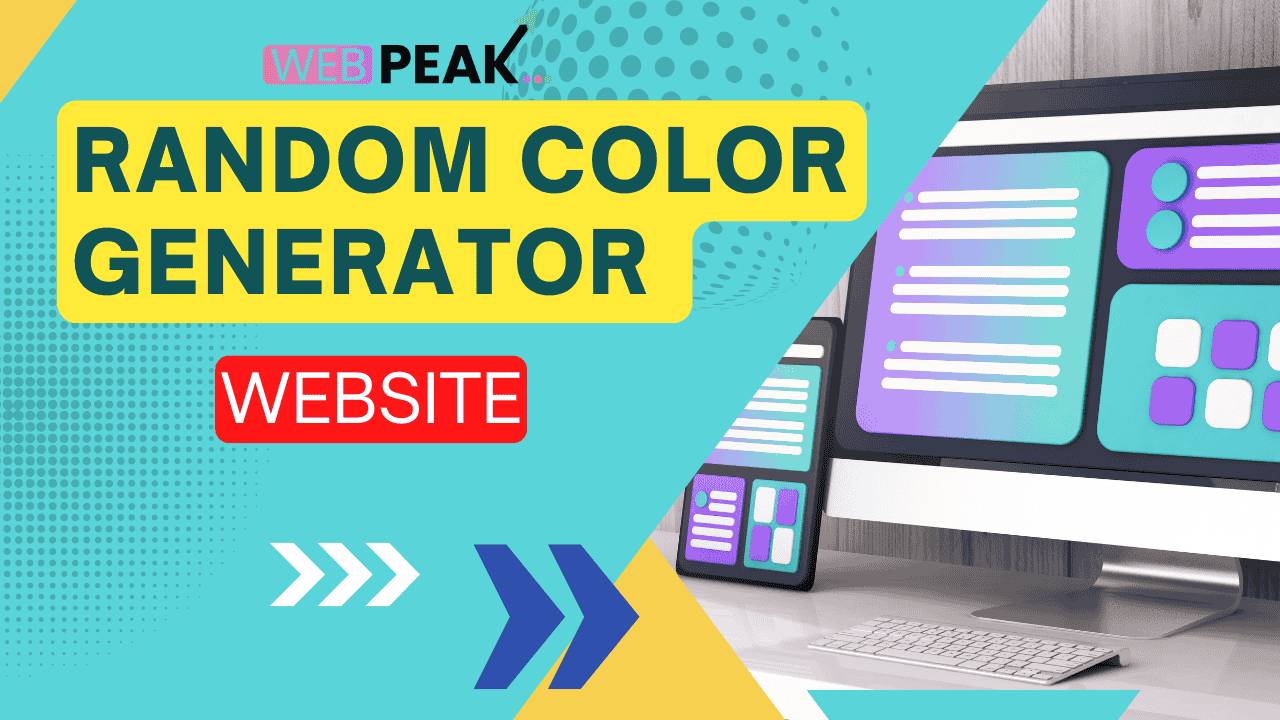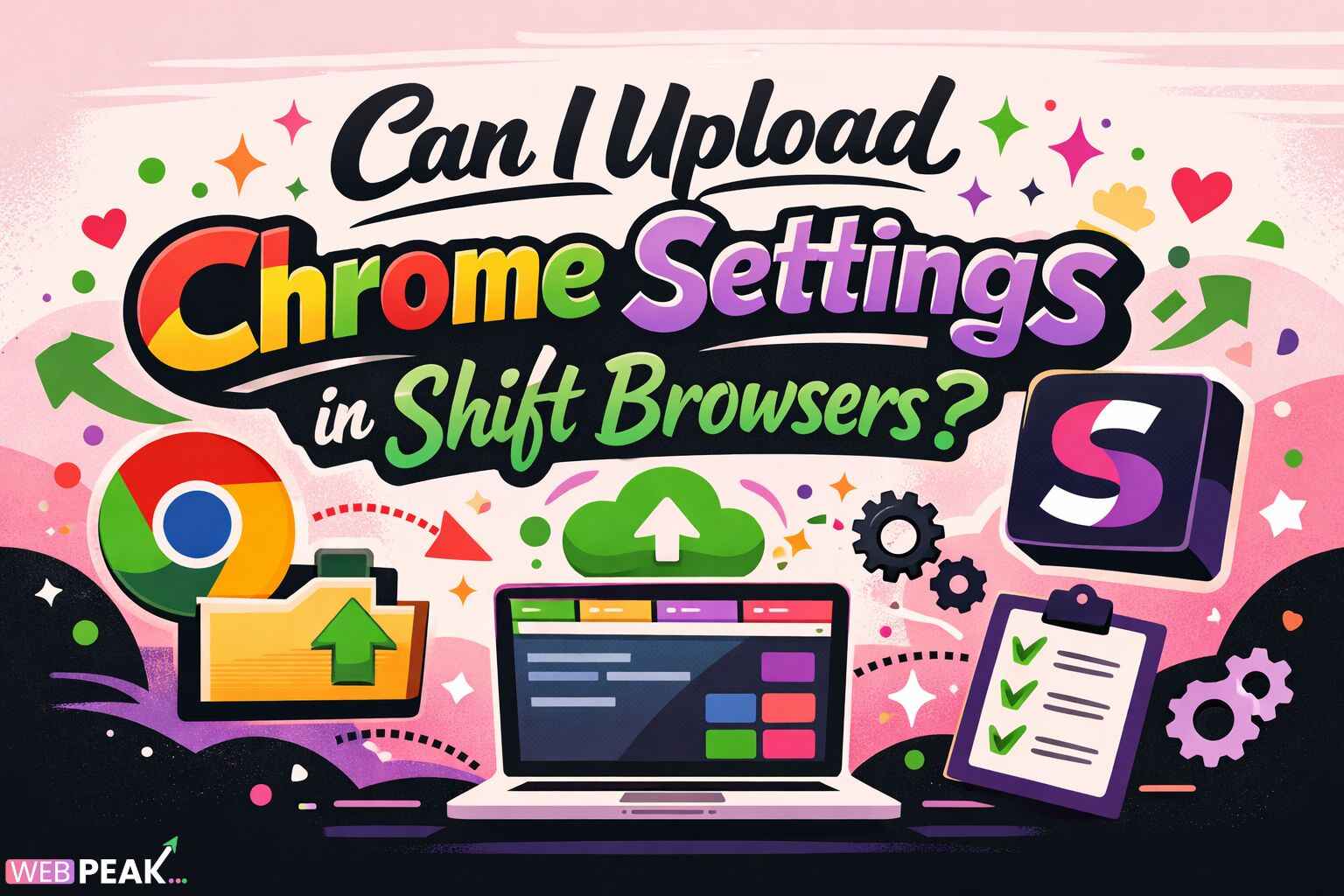Random Color Generator Website – A Complete In-Depth Guide
Color plays a crucial role in digital design, branding, marketing, and user engagement. Arandom color generator website. provides instant color inspiration by generating random colors that designers, developers, and artists can use in their creative projects. In this detailed guide, we will explore what a random color generator is, how it works, its applications, benefits, and even how to build and monetize one. Whether you’re a creative professional or a business owner, this article will give you valuable insights into the concept of color generation and its potential.
What is a Random Color Generator Website?
A random color generator website is an online tool that produces colors randomly, often represented in formats such as HEX, RGB, or HSL. These websites can generate a single color, multiple colors, or even full color palettes with the click of a button. The purpose is to provide quick access to fresh color ideas for design, branding, and development projects.
Core Features of a Random Color Generator
- Instant Color Generation: Users can generate colors with one click.
- Multiple Formats: Displays colors in HEX, RGB, and HSL formats.
- Palette Creation: Generates multiple complementary or analogous colors.
- Copy Function: Allows users to copy color codes instantly.
- Customizable Output: Users can define the type or range of colors to be generated.
Why People Use Random Color Generators
Colors influence emotions, buying decisions, and branding perception. A random color generator can be used for:
- Design Inspiration: UI/UX designers often use them to break creative blocks.
- Web Development: Developers use them to test UI elements or theme options.
- Marketing and Branding: Helps find unique color combinations for campaigns.
- Art and Creativity: Artists use them to explore unexpected color matches.
- Educational Purposes: Teachers use them to explain color theory.
How a Random Color Generator Works
The working mechanism is simple but effective. The website uses programming logic to randomly generate values for red, green, and blue (RGB), which are then converted to HEX or HSL codes. Here’s a basic breakdown:
- Random Value Assignment: Each RGB channel gets a random number between 0–255.
- Format Conversion: These values are converted into HEX or HSL format for display.
- Visual Display: The background or a color swatch displays the generated color.
- Interactivity: Users can copy, lock, or save colors to a palette.
Example Code Snippet (JavaScript)
function getRandomColor() {
let letters = '0123456789ABCDEF';
let color = '#';
for (let i = 0; i < 6; i++) {
color += letters[Math.floor(Math.random() * 16)];
}
return color;
}
console.log(getRandomColor());
Design Considerations for a Random Color Generator Website
When designing a random color generator, consider the following:
- User Interface (UI): Keep it clean, minimal, and intuitive.
- Mobile Responsiveness: Many users will access it from mobile devices.
- Fast Loading Speed: Optimize for quick performance.
- Accessibility: Provide contrast ratios for color-blind users.
- Save & Share Options: Allow users to save or share palettes.
SEO Strategies for a Random Color Generator Website
For your random color generator to gain visibility, it must be optimized for search engines:
- Targeted Keywords: Use keywords like “online random color picker” and “generate color palettes.”
- Mobile Optimization: Ensure responsive design.
- Fast Loading: Use lightweight code and compressed images.
- Engaging Content: Add blogs about color theory, branding, and design tips.
- Backlinks: Collaborate with design blogs for backlinks.
Advanced Features to Make Your Generator Stand Out
Competition is high, so adding unique features can attract more users:
- AI-Based Suggestions: Generate palettes based on current design trends.
- Theme-Based Colors: Generate colors based on moods or seasons.
- Color Harmonies: Automatically generate complementary, triadic, or analogous colors.
- Export Options: Export palettes in formats like .ASE for Adobe software.
- Integrations: Connect with tools like Figma or Canva.
Monetization Ideas for a Random Color Generator Website
If you want to make your random color generator profitable, consider these strategies:
- Ad Revenue: Display relevant ads to design and development audiences.
- Premium Membership: Offer additional features like unlimited palette storage.
- Affiliate Marketing: Promote design tools or courses.
- Custom Branding: Allow businesses to create branded palettes.
Examples of Successful Random Color Generator Websites
- Coolors.co: Popular for its quick palette generation and export features.
- Color Hunt: Known for curated palettes by the community.
- RandomColor.com: Simple and minimal interface for quick generation.
How to Build Your Own Random Color Generator Website
Building a color generator requires design, coding, and hosting skills. Here’s a step-by-step process:
- Plan Features: Decide whether you want a simple generator or advanced palette features.
- Choose Technology: Use HTML, CSS, and JavaScript for front-end, and optional back-end for saving user data.
- Design UI: Create a user-friendly and attractive interface.
- Implement Logic: Add the random color generation algorithm.
- Test & Optimize: Ensure speed, responsiveness, and bug-free operation.
- Launch & Promote: Use SEO, social media, and online communities.
Why Hire Professionals to Build Your Website
While you can build a simple random color generator yourself, hiring professionals ensures you get a polished, SEO-optimized, and scalable product. WEBPEAK is a full-service digital marketing company offering Web Development, Digital Marketing, and SEO services. They can create a visually appealing and functional color generator website tailored to your needs, helping you attract more users and monetize effectively.
Conclusion
A random color generator website is more than just a fun tool — it’s a valuable resource for designers, developers, marketers, and educators. With the right features, design, and promotion, it can become a widely used platform that attracts consistent traffic and generates revenue. By understanding how these generators work, implementing best practices, and leveraging expert help, you can create a successful online tool that stands out from the competition.





